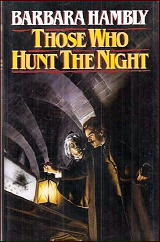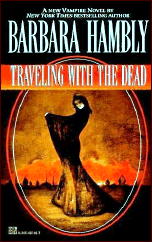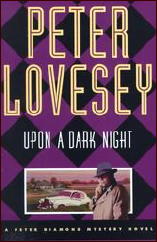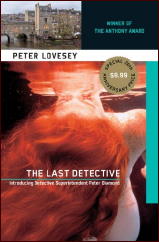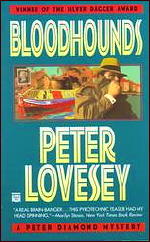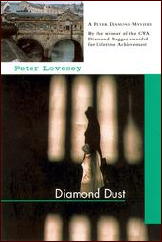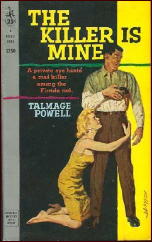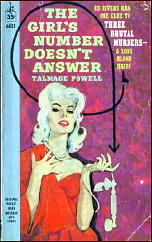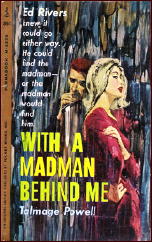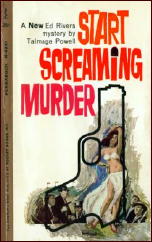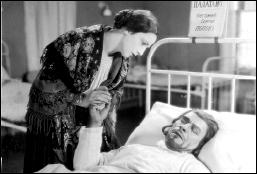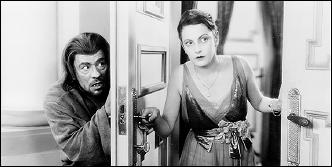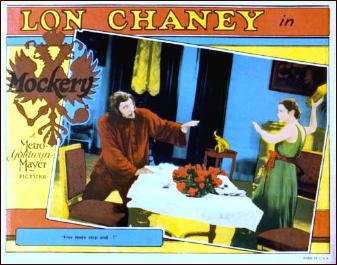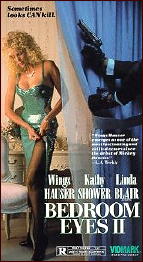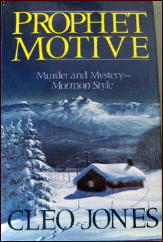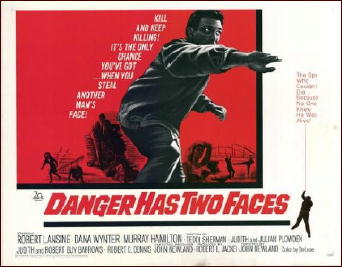REVIEWED BY MICHAEL SHONK
DANGER HAS TWO FACES. 20th Century-Fox/Palomino Production, 1967. Cast: Robert Lansing as Peter Murphy/Mark Wainwright, Dana Wynter as Eva Wainwright, Murray Hamilton as Colonel Jack Forbes, Alex Davion as Roger Wainwright. Created by Teddi Sherman, Judith and Julian Plowden, and John Newland. Theme by Frank Cordell. Written by Teddi Sherman, Judith and Julian Plowden, Robert C. Dennis, and Judith and Robert Guy Barrows. Executive Consultant: Merwin Gerald. Director & Executive Producer: John Newland.
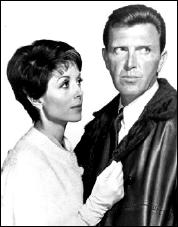
This movie was made from episodes of ABC-TV series The Man Who Never Was (1966-67) edited together, and released theatrically and for TV syndication by 20th Century Fox in 1967 (Broadcasting, September 25, 1967, and October 9, 1967).
Peter Murphy is an American agent in East Berlin. He meets with his contact and handed pictures of four men, but before he can learn more his contact is killed and he is on the run. He stops to pick up a woman he loves so they can escape together. During a chase through secret tunnels under the Berlin Wall, his lover is killed and he is hurt.
Peter makes it into West Berlin with the Eastern killer on his trail. Peter ducks into a bar and is shocked to find his exact double, drunk, and about to leave the bar. Stunned, he watches as the killer from the East gun down his unsuspecting double. The killer leaves and a confused Peter exit the bar only to be mistaken for his double by the man’s chauffeur. Peter collapses and wakes up in his double, billionaire Mark Wainwright’s bed and his wife talking to him about a meeting they need to attend.
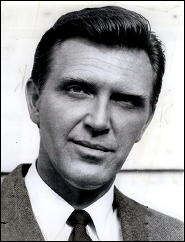
The wife, Eva needs her husband alive or his evil stepbrother will take over the family’s billions and shove her and her family out. Peter’s control, Colonel Forbes wants him to continue as billionaire Mark Wainwright who has access to many important people and places. While the two looked exactly alike, Peter and Mark were opposites. Peter is a kind caring man while Mark was a rude mean drunk. Mark was an expert mountain climber but Peter is not, so in one episode he had to fake an injury to avoid suspicion.
Limited by the thirty-minute format, the series never succeed in making this Mark Twain’s Prince and the Pauper theme believable as a spy drama. Instead, the interesting plots with surprising twists, fitting soundtrack, visual locations, and exciting action was overshadowed by the series implausible premise.
Early reviews of the series were mixed, and perhaps best expressed by Dean Gysel of the Chicago Daily News, “If you can swallow the first episode, it may turn out exciting†(Broadcasting, September 12, 1966).
As a movie it was further weakened by the obviously edited together 30-minute TV episodes. Every thirty minutes or so, Colonel Forbes would show up and give Peter/Mark his next assignment.
The beginning of the story focused on establishing the premise. Then the killer discovers Peter is not dead. Eva joins him as they travel to save a priest from the East’s secret police. Eva is close friends with the wife of a suspected security leak. Over time, Peter and Eva would fall in love and give the movie a surprising final ending.
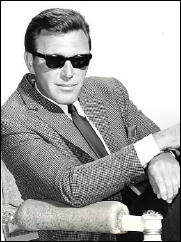
The Man Who Never Was had an interesting past. 20th Century Fox produced the TV pilot for sponsor Philip Morris tobacco (Broadcasting, November 1, 1965). Originally the series was not supposed to be on ABC’s fall schedule, but in March 1966, it suddenly replaced the never to air The Long Hunt of April Savage (Broadcasting, March 28, 1966).
The Man Who Never Was was filmed in Germany and suffered from production problems that had some concerned the series might get cancelled before it even aired (Broadcasting, June 20, 1966). The series filmed all over Europe and the locations were distractedly beautiful. Oddly, every source from Broadcasting to IMDb claim the series (and this movie) was done in color, but my copy was in black and white off a broadcast by KYW (Philadelphia).
In September 1966, ABC previewed several of their new shows a week early. Of the twelve new shows, The Man Who Never Was received the lowest rating of a 38.6 share (Broadcasting, September 12, 1966).
The next week, up against the other networks premieres, its ratings (Arbitron) dropped to a 27 share versus CBS’ Green Acres 38 share and NBC’s Bob Hope Presents the Chrysler Theatre with a 25 share (Broadcasting, September 19, 1966). By October, the series was ranked #50 (out of 88) in the ratings (Broadcasting, October17, 1966) and cancelled by November (Broadcasting, November 7, 1966).
The Man Who Never Was lasted 18 episodes, beginning September 7, 1966, and ending January 4, 1967.




